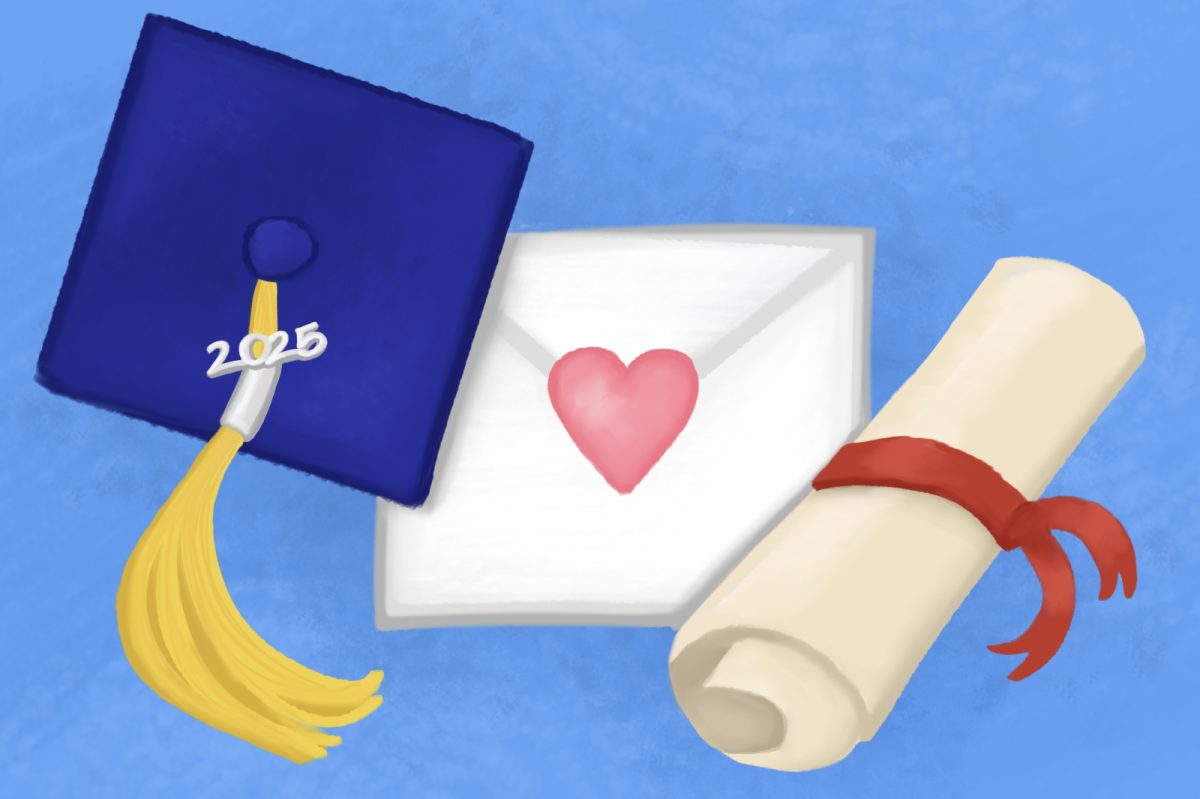
By Amanda Shen
One day when I was around nine, I came home to possibly the most exciting present a nine year old could receive: a 250 page textbook called The World of Science, straight from Barnes & Noble for $7.98. (Thanks, mom.) My parents and the people around me have always placed a tremendous emphasis on the STEM (science, technology, engineering, math) subjects. Coming from a line of doctors and engineers, I’ve had a life-long dream of going into medicine. However, like many, I have additionally wanted to pursue the humanities and arts, but I saw them as separate from my STEM-related desires. This underlying misconception that the sciences are more important than the humanities and should therefore be emphasized in schools is an idea that today’s generation of students should closely reconsider.
So why are these two subjects treated so differently in today’s high schools? Over the past four decades, budget constraints and a national focus on STEM have forced humanities and arts programs out of high schools. According to the results of the Program for International Student Assessment, there is an increasing importance placed on STEM subjects because U.S. children are falling behind those of other countries in science and math. In November of 2010, President Obama unveiled an expensive new program called “Educate to Innovate,” which focuses on improving student performance in STEM subjects. A few months later, in January of 2011, he was back with a new education project costing another quarter-billion dollars to improve the teaching of STEM subjects. And a few weeks after that, in his State of the Union address, the only academic subjects he discussed were—again—math and science. There was no mention whatsoever of the humanities and arts. In fact, Obama even went as far as to say, “I promise you, folks can make a lot more, potentially, with skilled manufacturing or the trades than they might with an art history degree.” The focus on what degree will lead towards the highest paying salary and the mindset that STEM fields will lead towards success later in life have led to a disconnect between the humanities and sciences in today’s high schools.
This disparity in the treatments of the two fields is evident in the number of hours students spend in science classrooms compared to humanities classrooms. Across the nation, the number of STEM-focused schools is much greater than the number of humanities-focused schools. At South, science courses get alternate lab days, which adds almost half a year’s worth of a curriculum revolving around purely science. Even on a daily basis, students are surrounded by products of technology and engineering that expose them to the STEM fields.
However, the arts and humanities are essential (perhaps more so than ever before), even in STEM related fields. Arts education teaches students to think creatively, a characteristic vital to engineering and developing new technologies. Unconsciously, students who participate in the arts are constantly being challenged to solve problems and visualize abstract theories. Even Danish physicist Niels Bohr’s theories about atomic structure, which you’ve probably heard about in your chemistry class, were only imaginable through art. The behavior of atoms completely contradicted all logical explanations of the time. Bohr, a long time Picasso fanatic, was only able to three dimensionally visualize atoms by interpreting the physical world as a Cubist painting. Bohr concluded that the form of atoms was entirely dependent on how we viewed them, like deconstructed Cubist paintings.
Perhaps most importantly, the humanities provide students with a deep understanding of what it means to be a human. Especially in today’s technology-centered society, we are increasingly distancing ourselves from our humanity with every gigabyte of data we use up. There’s no doubt that technology has offered great benefits and advancements to society; however, we can also lose our sense of what it means to be a human in the mechanics of technology. The humanities breed students to become creative individuals who can take on problems with attention to human preferences and desires.
This isn’t to say that the humanities are more important than STEM, or vice versa. But for all you STEM-focused students out there, do consider squeezing into your schedule one of the many humanities and arts courses South has to offer. Get out from your comfort zone and take Integration of the Mind or even Art History—who knows? You may even end up loving it.







